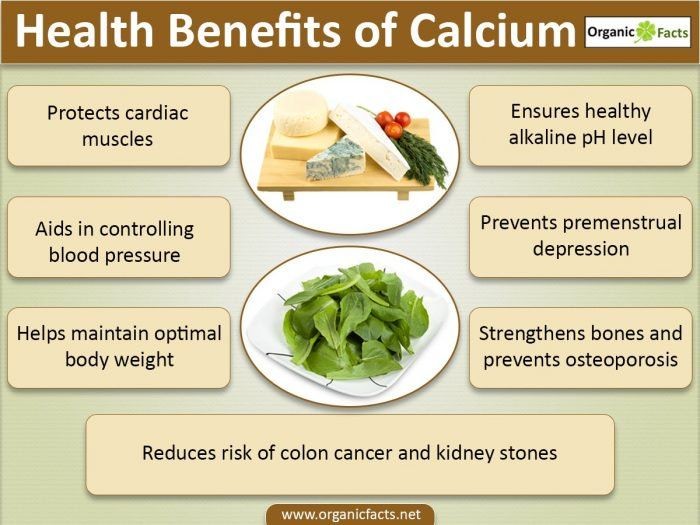
Contents
Increasing Calcium Naturally
The human body contains more calcium than any other mineral, with 99% of it stored in teeth and bones. Increase your calcium levels naturally by consuming calcium-rich foods, ensuring sufficient vitamin D intake, and avoiding smoking.
If you’re concerned about your calcium intake, include dairy products, molasses, and leafy green vegetables in your diet. Additionally, prioritize vitamin D consumption, as it aids in the absorption of calcium. Reduce the consumption of processed foods, especially soda, as they can lead to calcium loss.
Continue reading to learn more about calcium intake.
Calcium is an essential mineral in the body, primarily stored in teeth and bones, providing structure and rigidity. The remaining calcium is found in the blood, muscles, and fluid between cells.
Calcium plays vital roles within the body, including muscle movement, transmitting nerve signals, hormone release, blood circulation, and blood clotting to facilitate wound healing.
The body requires a specific level of calcium in the blood and tissues to perform these functions. However, calcium is lost daily through sweat, urine, and stool. If the body requires more calcium than what is obtained from the diet, it starts extracting it from the bones. Extended periods of inadequate calcium intake can lead to brittle bones.
The body cannot produce calcium independently; it relies on dietary intake or supplements for calcium supply. Children require calcium for proper bone growth, and adults need calcium to continuously renew and maintain bone health.
As individuals age, the body’s ability to absorb calcium decreases, particularly due to hormonal changes after menopause in women. These changes increase the risk of calcium loss through urine and contribute to osteoporosis, a condition where bones weaken and fracture easily.
Should You Avoid Calcium Supplements?
Multiple studies suggest that calcium supplements do not prevent fractures and may have adverse effects on health. The body does not absorb calcium from pills as effectively as from food sources, and absorption is limited to 500 milligrams at a time. Excessive calcium intake through supplements can result in calcium build-up in the heart’s blood vessels.
Research also indicates that people taking 1000-milligram calcium supplements have a higher likelihood of experiencing heart attacks. Calcium supplementation also increases the risk of colon polyps and kidney stones.
How to Enhance Calcium Levels
Select Calcium-Rich Foods
Consuming calcium through food generally does not have any side effects. Calcium from food sources is absorbed gradually throughout the day, aiding the body’s utilization.
Ensure Sufficient Vitamin D
Adequate vitamin D consumption is crucial for calcium absorption. Sun exposure for about 15 minutes at noon can provide approximately 1000 international units (IU) of vitamin D. However, applying sunscreen is essential during prolonged sun exposure. A daily 2000 IU vitamin D supplement can also help maintain optimal vitamin D levels.
Maintain a Low-Sodium Diet
Excessive sodium intake causes calcium loss, including pulling calcium from bones. Limit the consumption of processed foods, which are generally high in sodium.
Reduce Soda Consumption
Soda consumption is linked to decreased bone density and an increased risk of fractures. According to a study, women who drink more than 10 sodas per week have a 42% higher risk of hip fractures. The type of soda (caffeinated, non-caffeinated, sweetened, or sugar-free) does not impact the risk.
Quit Smoking
Smoking accelerates bone loss, potentially due to impaired calcium absorption.
Calcium-Rich Food Sources
Dairy Products
Milk, yogurt, and cheese are excellent sources of calcium. Calcium absorption from dairy products is typically higher compared to other foods. Examples of the calcium content in servings of dairy include:
- 8 ounces of plain, fat-free yogurt: 488 milligrams
- 1 cup of low-fat (1%) milk: 305 milligrams
- 4 ounces of part-skim ricotta cheese: 335 milligrams
- 4 ounces of low-fat cottage cheese (2%): 105 milligrams
- 1 ounce of cheddar, American, or part-skim mozzarella cheese: approximately 200 milligrams
Blackstrap Molasses
A single tablespoon of molasses contains 172 milligrams of calcium. Incorporate blackstrap molasses in various dishes such as baked beans, barbeque sauce, salad dressing, marinades, teriyaki, oatmeal, yogurt, smoothies, and baked goods.
Canned Fish
Some fish varieties contain notable amounts of calcium. Sardines with bones provide 325 milligrams of calcium in a 3-ounce serving, while salmon with bones offers 180 milligrams in the same serving size.
Leafy Greens
Collard greens contain approximately 300 milligrams of calcium per cup. Turnip greens offer 200 milligrams per cup, and Swiss chard and kale provide around 100 milligrams per cup. Other vegetables and most fruits also contribute to calcium intake, ranging from 10 to 60 milligrams per cup.
Fortified Foods
Food manufacturers often fortify products like orange juice, oatmeal, and cereal with calcium. Alternative types of milk, such as almond milk, often contain added calcium for individuals with lactose intolerance. Remember to shake the container before pouring to ensure proper distribution of added calcium.
QUESTION
How Much Calcium Do You Need?
The required daily calcium intake varies based on age and, sometimes, gender. The Recommended Daily Allowance (RDA) averages the necessary calcium intake per day as follows:
- Children aged 1 to 3: 700 milligrams
- Children aged 4 to 8: 1000 milligrams
- Preteens and teenagers aged 9 to 18: 1300 milligrams
- Women aged 19 to 50: 1000 milligrams
- Women over 50: 1200 milligrams
- Men aged 19 to 70: 1000 milligrams
- Men over 70: 1200 milligrams
Sources:
Bone Health and Osteoporosis Foundation: "Calcium and Vitamin D."
Clemson Cooperative Extension: "Get Your Calcium-Rich Foods."
Dietary Guidelines for Americans: "Food Sources of Calcium."
Harvard Medical School: "How much calcium do you really need," "What are the best calcium sources for people who are lactose intolerant?"
Harvard T.H. Chan Public School of Health: "Salt and Sodium."
Johns Hopkins: "Calcium Supplements: Should You Take Them?"
Journal of Bone and Mineral Research: "Smoking Increases Bone Loss and Decreases Intestinal Calcium Absorption."
National Institutes of Health: "Calcium."
National Library of Medicine: "Calcium," "Calcium and bones."
Oregon State University Linus Pauling Institute: "Vitamin D."
UCLA Health: "Ask the Doctors – Is soda bad for your bones?"


